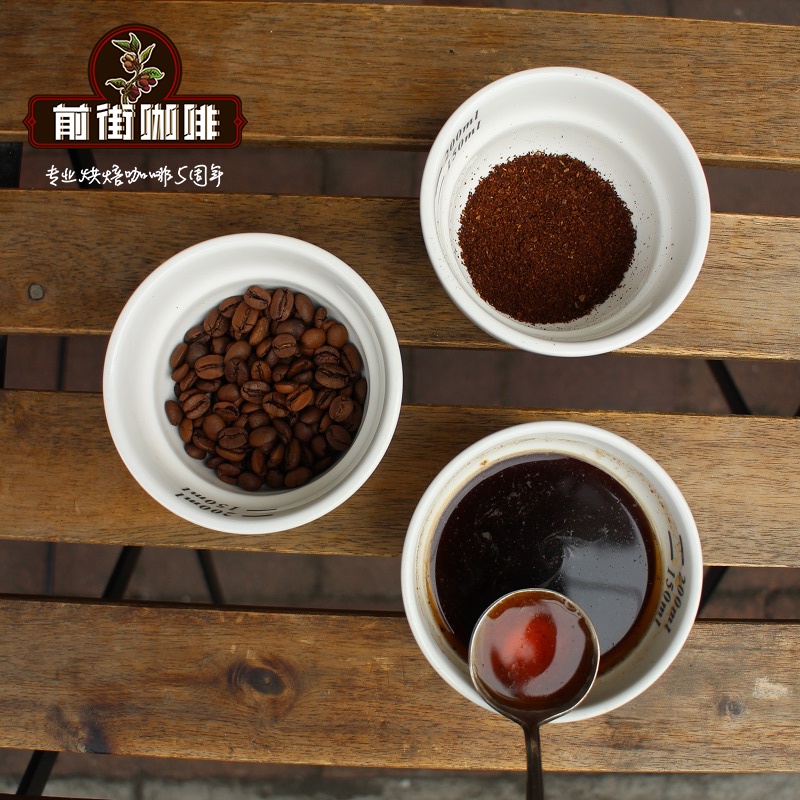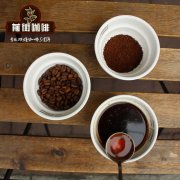What is the planting history and flavor trend of Polsa in the Vivetna fruit producing area of Guatemala?
What is the planting history and flavor trend of Polsa in the Vivetna fruit producing area of Guatemala?

The Finca La Bolsa Coffee Plantation founded by Jorge Vides in 1958 has made remarkable progress as an outstanding coffee grower in the Huehuetenango region. Finca La Bolsa is popular around the world for its complex and bright coffee, producing delicious peach, floral and citrus flavors. In addition to coffee, Finca La Bolsa is known for its extensive care at work, including its own school authorized by the Guatemalan Ministry of Education. In 2012, Finca la Bolsa launched a project for Association Coffee Care to reduce child labour and improve the quality of life of coffee pickers and their families by providing day care centers and vocational training courses for children aged 2 to 14.
Taste: lemon vervain, elderberry flower, white peach
Aroma: dark chocolate
In 1956, Dr. Jorge Vides Molina bought 100 hectares of land with a clear goal of growing coffee, which he named Finca La Bolsa. The first export was carried out in 1960. By the 56's, the farm had only forests and weeds, it had wild animals and some planted peanuts. From that day on, a new coffee department has been planted every year, and now there are 80 hectares of vanilla.
The farm lies between two mountains that resemble a bag, so Dr. Vides baptized Finca La Bolsa. Farm management is the exclusive work of the Vides family, which has been handed down from generation to generation, and today's administrators are members of the second and third generations.
In addition to the richness of nature, these aromatic plants provide farming at between 4400 and 4900 feet above sea level. Agricultural practices are traditional, while traditional beneficiaries have sedimentation tanks. Bourbon and Catura varieties of coffee are grown on 80 hectares of land. The other 20 hectares are forests with high-quality wood, walnuts and mescale. You also have some fruit crops. The winner of an international auction.
Important Notice :
前街咖啡 FrontStreet Coffee has moved to new addredd:
FrontStreet Coffee Address: 315,Donghua East Road,GuangZhou
Tel:020 38364473
- Prev

The history of growing bolsa coffee in Vivetnam, Guatemala? Flavor characteristics?
The history of growing bolsa coffee in Vivetnam, Guatemala? Flavor characteristics? Guatemala Huehuetenango Finca La Bolsa - Huehuetenango is an incubator for premium coffee farms, including Finca La Bolsa and many other outstanding winners cups. La Bolsa sits between two mountains, crossed by two rivers, leaving one that sits between
- Next

Does the flavor of Polsa in the Vivetna fruit region of Guatemala move towards the taste? Planting history?
What is the flavor trend and taste of Polsa coffee in the Vivetna fruit producing area of Guatemala? Planting history? Vivette Nan Fruit Manor Polsa Manor in the national Guatemalan production area is treated with water washing by Peters family treatment. The naturally dried variety Bourbon, Kaddura is 1400 1600 meters above sea level and is located on the border between Guatemala and Mexico.
Related
- Detailed explanation of Jadeite planting Land in Panamanian Jadeite Manor introduction to the grading system of Jadeite competitive bidding, Red bid, Green bid and Rose Summer
- Story of Coffee planting in Brenka region of Costa Rica Stonehenge Manor anaerobic heavy honey treatment of flavor mouth
- What's on the barrel of Blue Mountain Coffee beans?
- Can American coffee also pull flowers? How to use hot American style to pull out a good-looking pattern?
- Can you make a cold extract with coffee beans? What is the right proportion for cold-extracted coffee formula?
- Indonesian PWN Gold Mandrine Coffee Origin Features Flavor How to Chong? Mandolin coffee is American.
- A brief introduction to the flavor characteristics of Brazilian yellow bourbon coffee beans
- What is the effect of different water quality on the flavor of cold-extracted coffee? What kind of water is best for brewing coffee?
- Why do you think of Rose Summer whenever you mention Panamanian coffee?
- Introduction to the characteristics of authentic blue mountain coffee bean producing areas? What is the CIB Coffee Authority in Jamaica?

